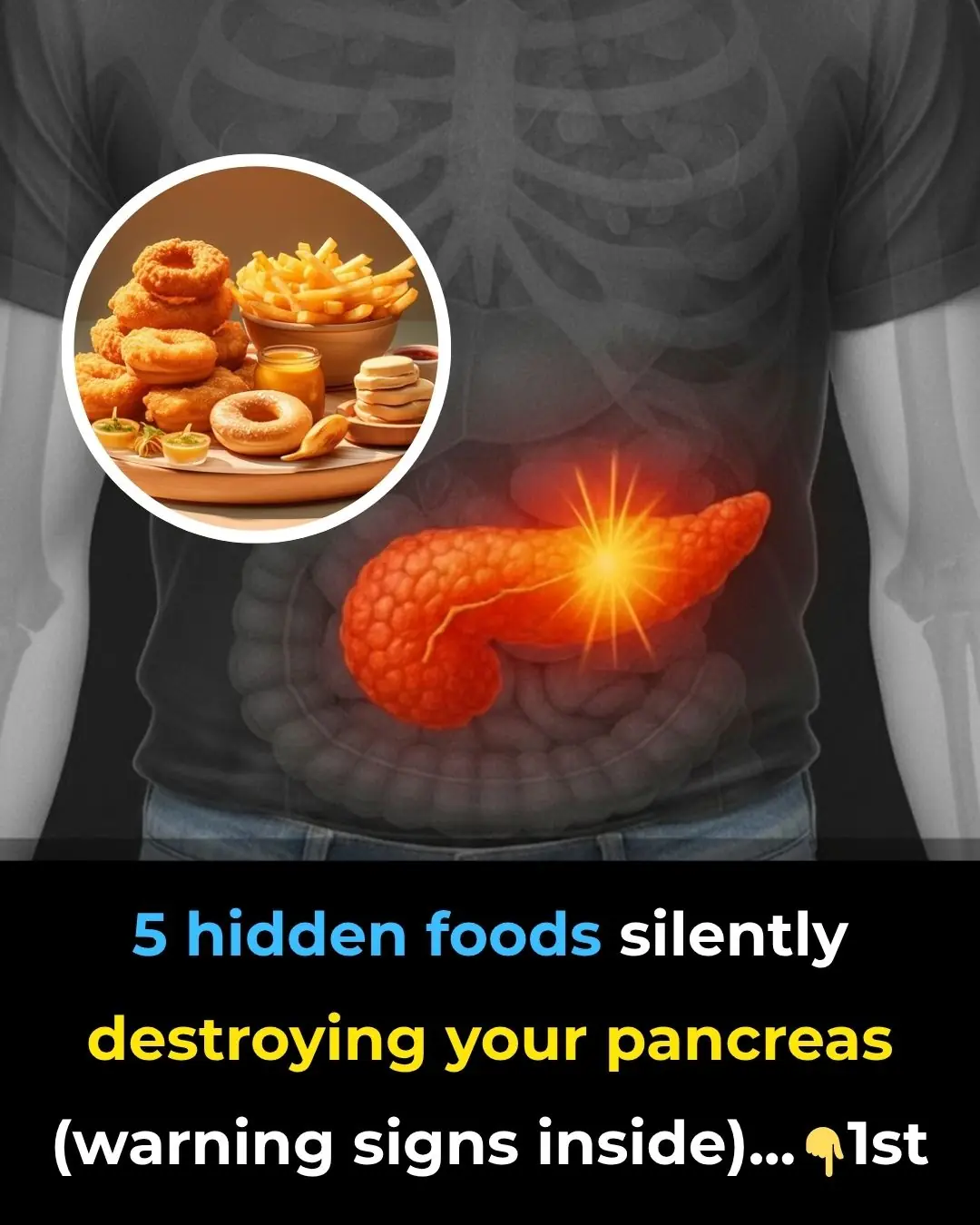
When a Child Becomes Forever Part of Mom: The Science of Fetal Microchimerism
During pregnancy, the bond between mother and child goes far deeper than love and nurture. Scientists have discovered a phenomenon called fetal-maternal microchimerism—in which cells from the fetus cross the placenta and take up long-term residence in the mother’s body. Decades later, traces of those cells remain, embedded in organs like the brain, skin, bone marrow, and more. This surprising discovery reveals that motherhood is intertwined not just emotionally but at the cellular level.
What Is Fetal Microchimerism?
In simple terms, microchimerism refers to a small number of genetically distinct cells living in someone else’s body. During pregnancy, some fetal cells migrate across the placental barrier into the mother’s bloodstream. Over time, those cells can lodge in maternal tissues and survive, sometimes for life.
Researchers first noted fetal cells in mothers’ tissues more than a century ago, but only in recent decades have methods like advanced DNA sequencing and PCR allowed confirmation of their persistence and distribution across many organs.
Enduring Imprints in the Mother’s Brain
One of the most striking findings came from studies of women’s brains years after childbirth. Scientists have used sensitive techniques to detect male DNA (as a marker of earlier male pregnancies) in the female brain, confirming that fetal cells can cross the blood–brain barrier and integrate into neural tissue.
Some of these fetal cells even express neuron-specific markers, hinting at possible integration into brain circuits. A 2012 study (often cited in PNAS and related outlets) showed that male fetal DNA was present in many women’s brains long after childbirth.
While exact functions remain speculative, the presence of these cells suggests there may be more to the maternal brain’s adaptability than previously thought.
Potential Benefits: Repair, Renewal, and Immune Harmony
Scientists are exploring whether these fetal cells act as a biological gift—offering benefits to the mother. Some of the hypothesized roles include:
Tissue repair and healing: Fetal microchimeric cells have been found at sites of injury, such as skin wounds, and may promote wound healing by differentiating into endothelial or connective tissue cells.
Angiogenesis (new blood vessel formation): In models of chronic ulcers, fetal cells have been shown to boost vascularization and accelerate healing.
Organ support: Some evidence suggests fetal cells may contribute to regeneration in organs like the heart or thyroid, integrating into maternal tissues and aiding repair.
Immune regulation: Because fetal cells are genetically “foreign” yet tolerated, they may influence maternal immune response—balancing inflammation and tolerance.
In one animal model, mothers with multiple pregnancies showed improved recovery after brain injury, possibly due to these lingering fetal cells.
But It’s Not All Sunshine: Links to Autoimmunity and Disease
With great power often comes complexity—and the presence of fetal cells in the mother’s body is no exception. Some studies have associated microchimerism with autoimmune conditions, where the body’s immune system attacks its own tissues.
For example:
Women with thyroid disorders (Hashimoto’s, Graves’) have been found to carry more fetal cells in thyroid tissue.
Fetal cells are more prevalent in conditions like systemic sclerosis, lupus, and rheumatoid arthritis in some studies.
Some evidence suggests fetal cells may cluster in tumor environments—though it remains unclear whether they promote or fight cancerous growth.
The dual nature of fetal microchimerism—that it can be both beneficial and potentially harmful—makes it an active area of debate and research.
Why It Matters—and What’s Next
The idea that a child’s cells could remain in the mother’s body for life forces us to rethink motherhood in biological terms. It also opens new possibilities:
Biomarkers and precision medicine: Detecting fetal microchimerism may help predict a mother’s risk for autoimmune disease or capacity for tissue repair.
Therapeutic use: If fetal progenitor cells can be harnessed, they might one day be used to aid healing or regeneration.
Better understanding of maternal health: As more is revealed about how fetal cells interact with maternal tissues, scientists may uncover links to aging, brain health, and chronic disease.
In short, fetal microchimerism offers a window into a secret, long-lasting biological bond between mother and child—a bond written in DNA, not just devotion.
News in the same category


6 Surprising Predictors of Divorce You Probably Overlooked

7 Ways to Repurpose Eggshells for a Greener Home and Garden

The One McDonald’s Burger That’s Always Cooked Fresh

Top 6 Upcoming Astronomical Events You Don’t Want to Miss in 2025

Never Ignore Excessing Licking From a Dog

Woman creeped out after finding mysterious 'death day' in her iPhone calendar

Rob Gronkowski forgot he invested $69,000 in Apple and ten years later the value has completely changed his net-worth

Don’t Miss It: The Moon Meets the Pleiades on October 10!

Don’t Miss It: The Moon Meets the Pleiades on October 10!

Solar power makes history as it becomes main source of electricity for 450,000,000 people

Snapchat divides users as they announce policy to begin charging users for free feature

Worried About Having Small Breasts

Hikers Spot Owl Swimming Through a Canyon – An Extremely Rare Sight

Scientists Discover Giant Sinkhole in China With Primeval ‘Lost World’ Inside

I’ve Spent 6 Years Photographing Waves And The Many Moods Of The Ocean

The Stealthy Threat of the Evergreen Bagworm

A Rare Alignment of 7 Planets Is Taking Place in The Sky This Week

The World’s Oldest Bridge Is Still In Use, and You Can See It In Greece
News Post
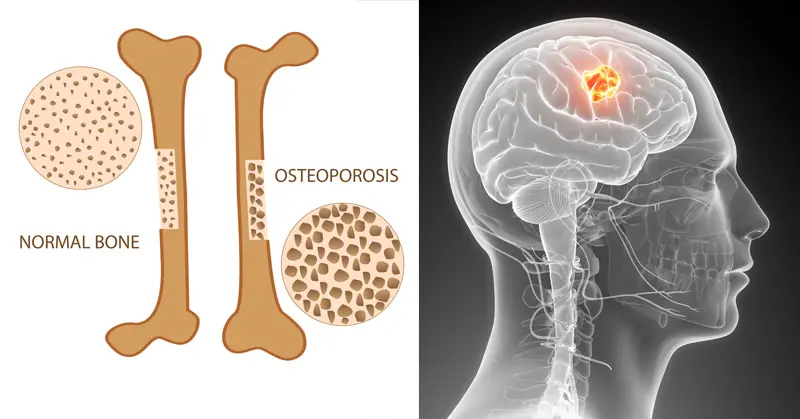
This Drink Destroys Your Bones From the Inside and Harms Every Organ on Its Way Out
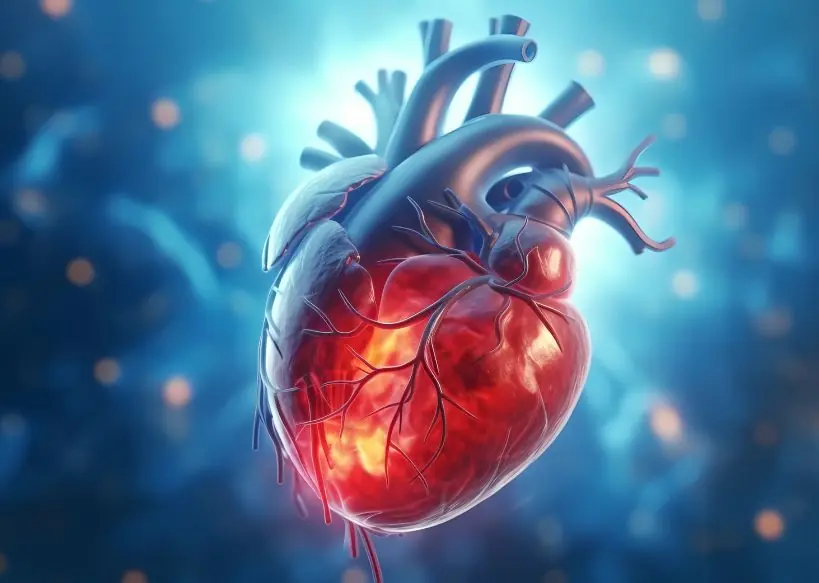
Stop Ignoring These 8 Subtle Signs of Heart Trouble Before It’s Too Late
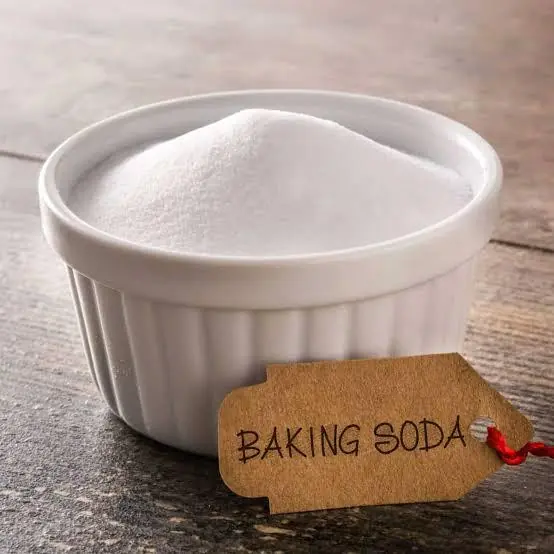
1 Teaspoon of Baking Soda Can Do This to Your Body!

Still Waking Up Tired? This Simple 3g Bedtime Mix Beats Melatonin for Deep Sleep
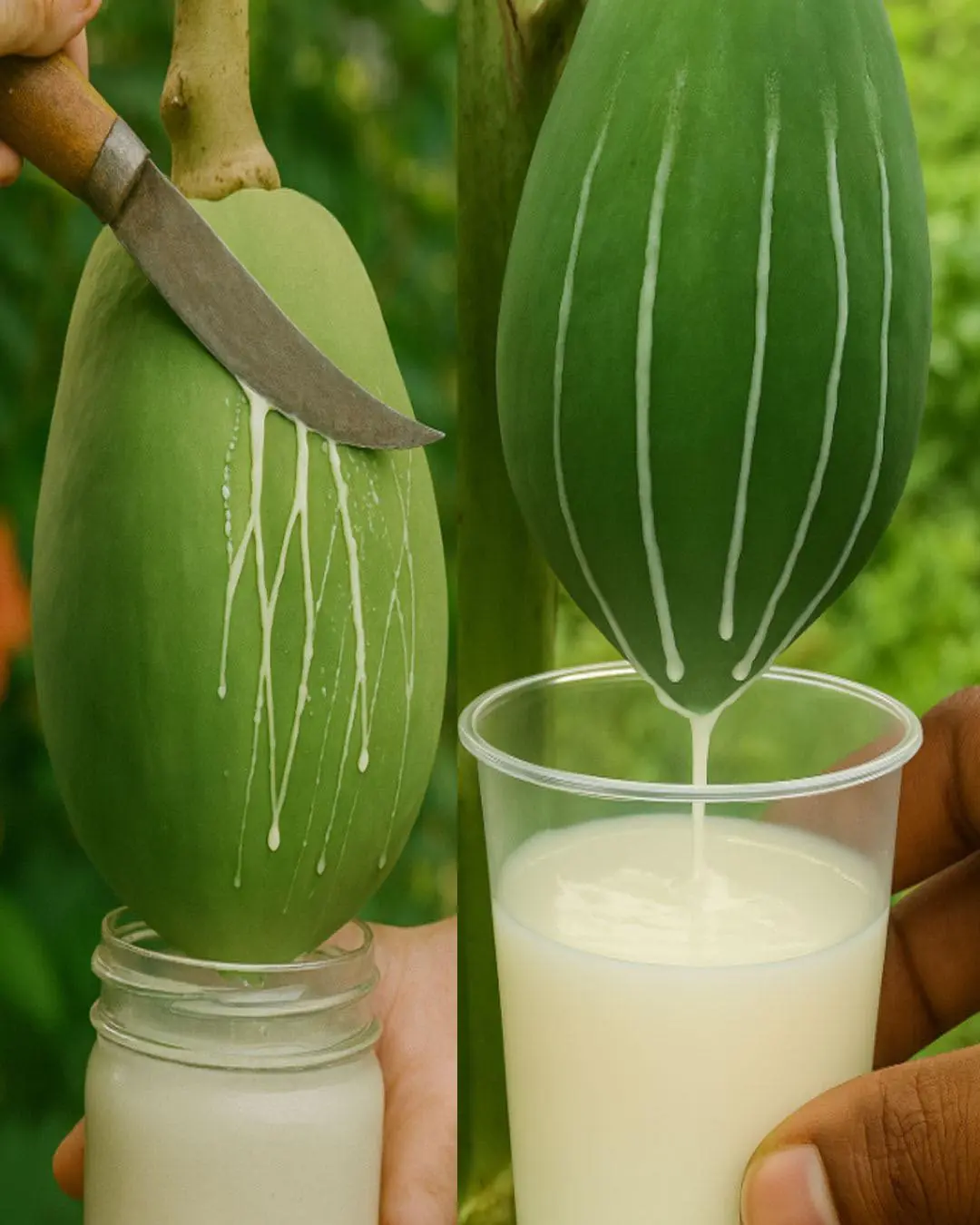
Papaya releases a milky sap, but most people don’t realize how important it is
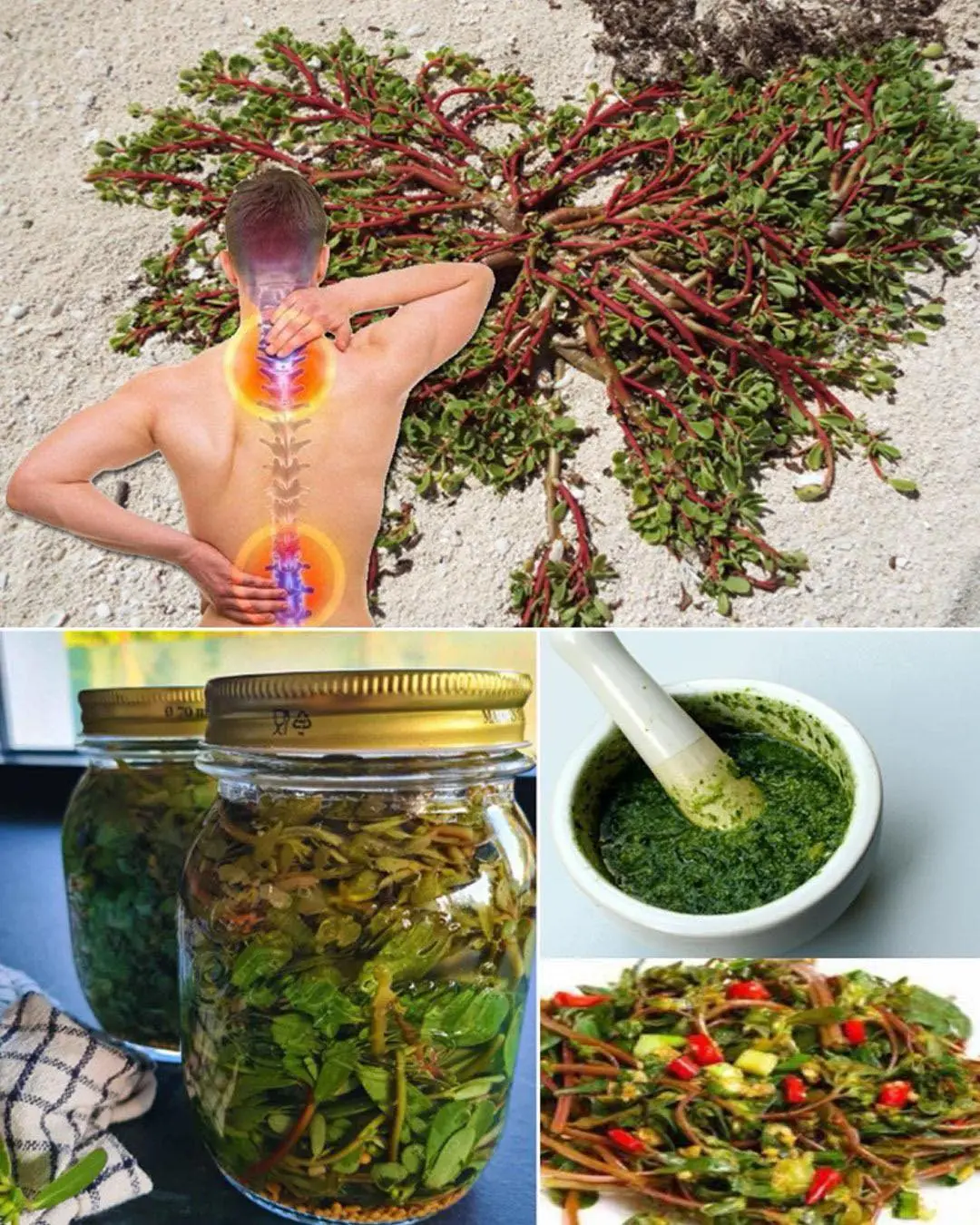
Purslane: The Superfood That Tastes Better Than Meat – 7 Reasons to Grow It in Your Garden

9 DIY Cucumber Trellis Ideas for Easy Harvesting and Maximized Garden Potential
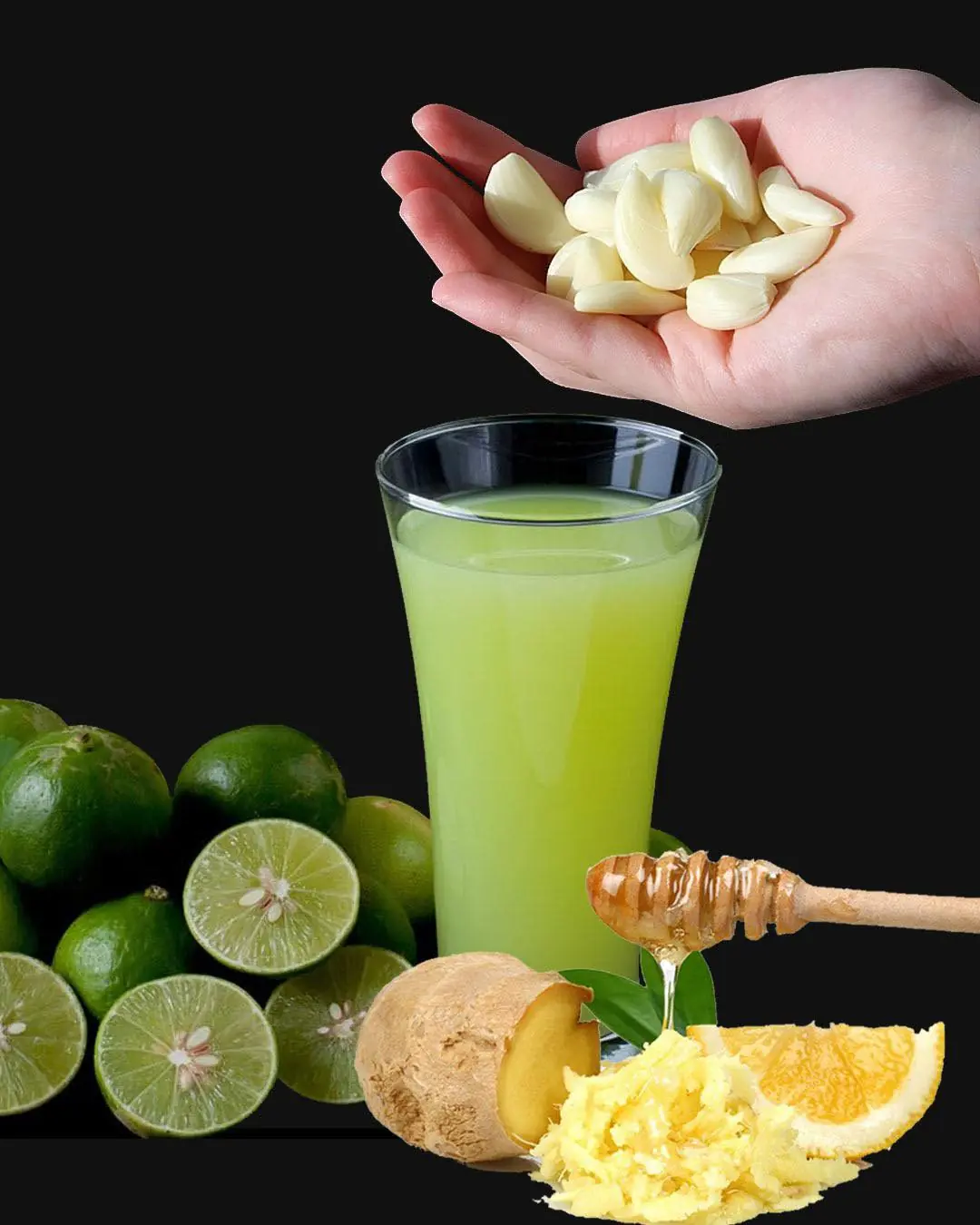
Honey, Lemon, Onion, Garlic & Ginger: The Daily Spoonful That Works Wonders
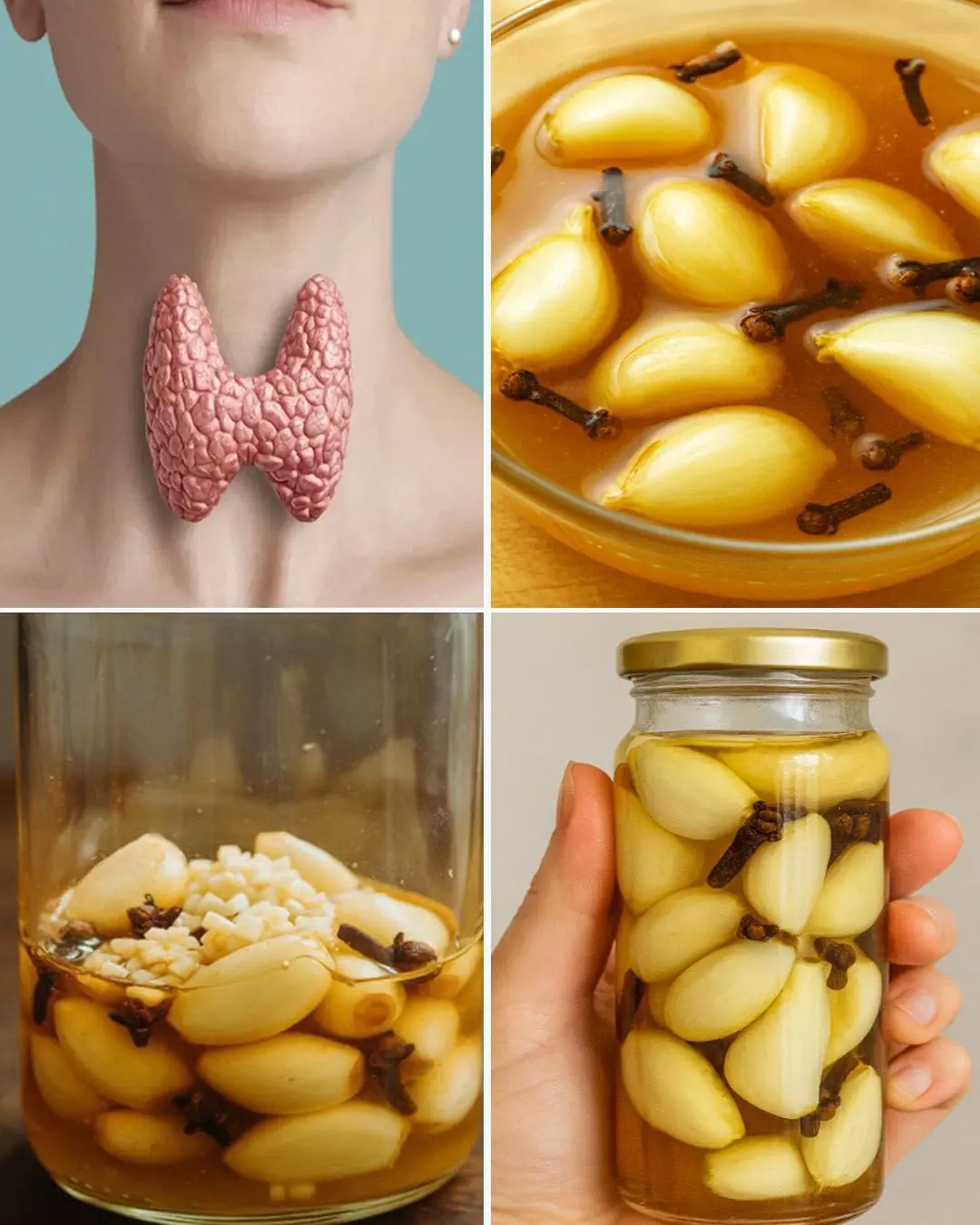
Garlic, Honey, and Cloves – a powerful natural remedy packed with health benefits
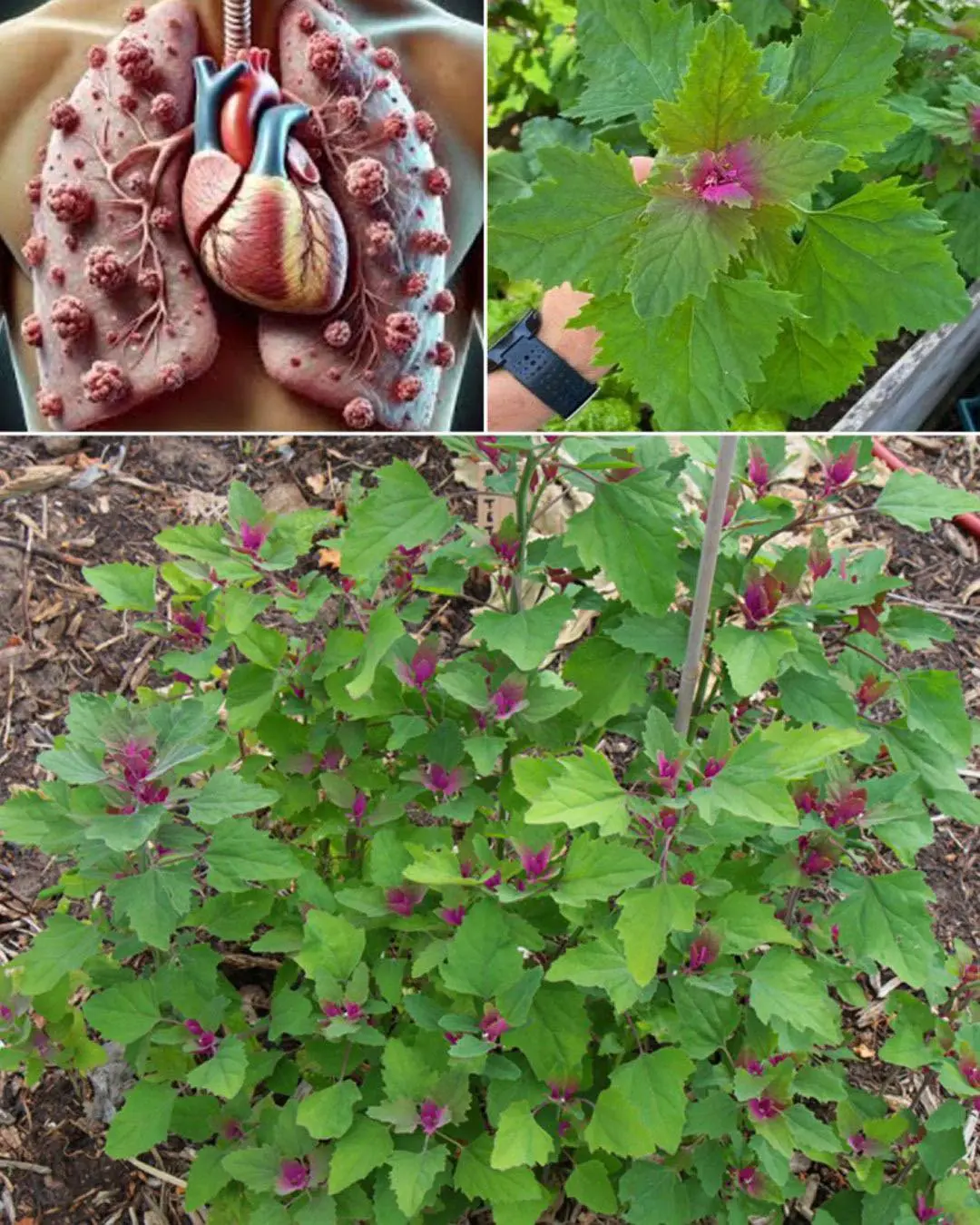
Discovering the Health Benefits of Lamb’s Quarters
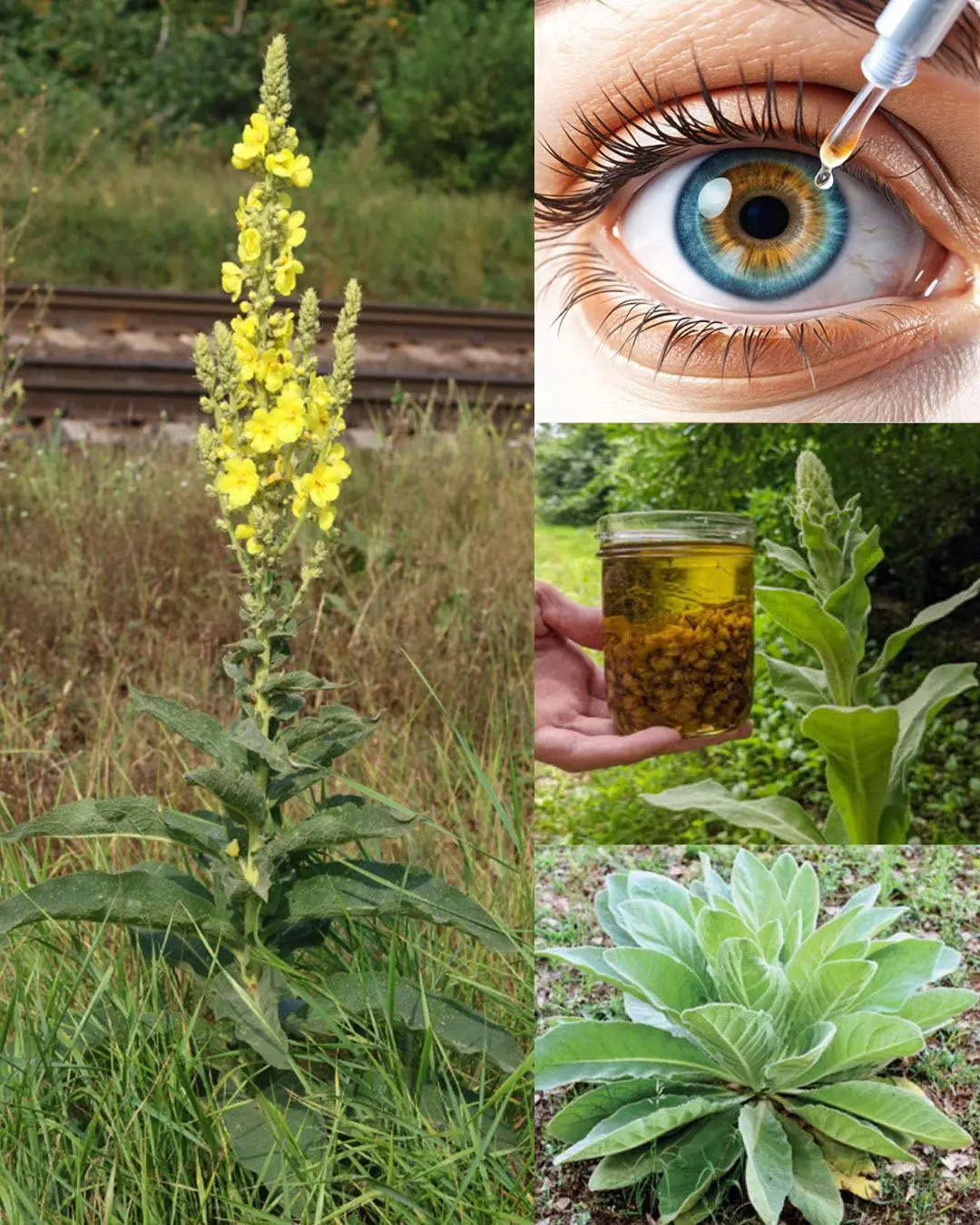
Common Mullein: Benefits and Uses of Nature’s Versatile Herb
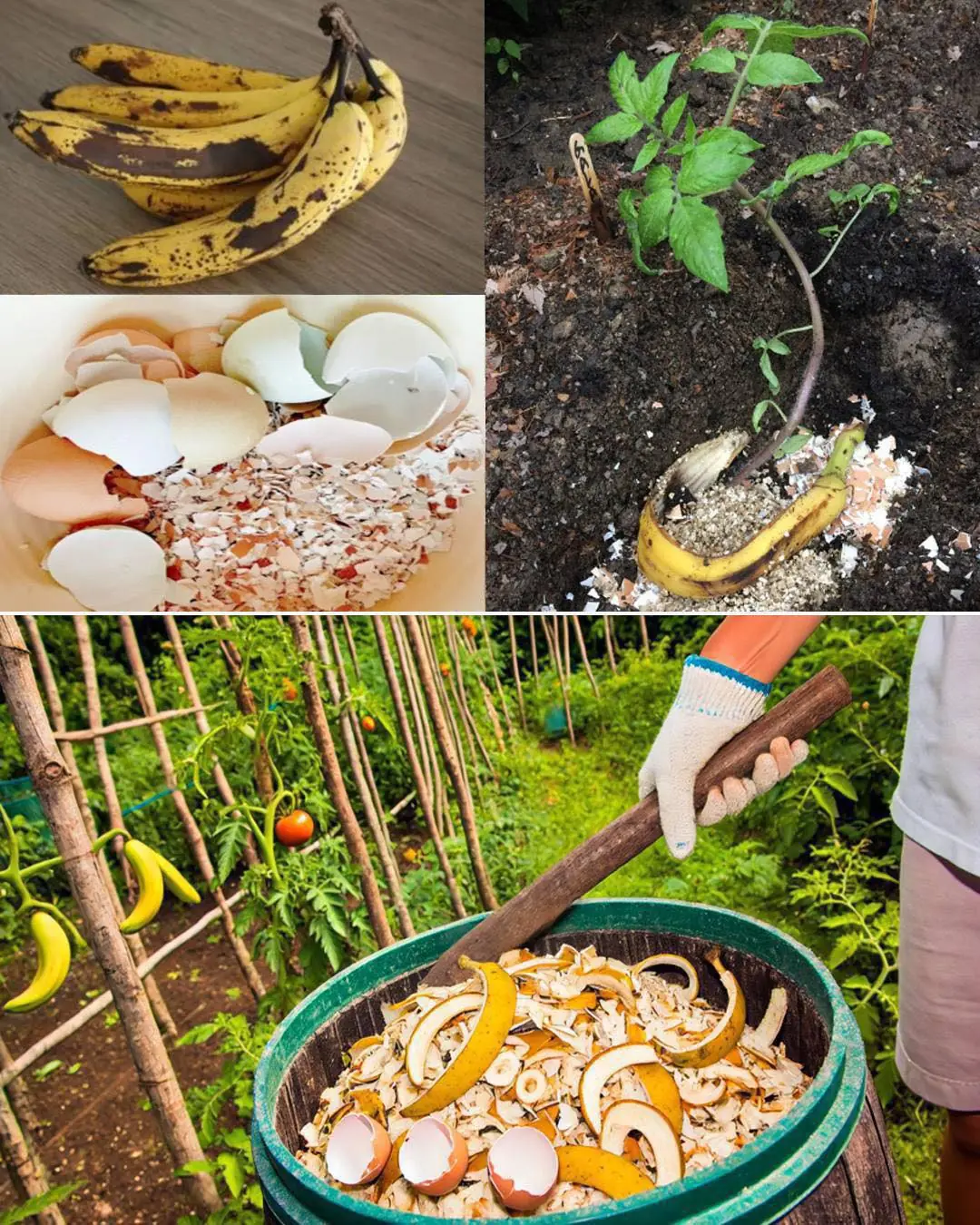
12 Homemade fertilizers for plants easy to find at home

Is It Necessary to Unplug the Rice Cooker After the Rice Is Cooked?

Find All 7 Animals Hidden

6 Surprising Predictors of Divorce You Probably Overlooked
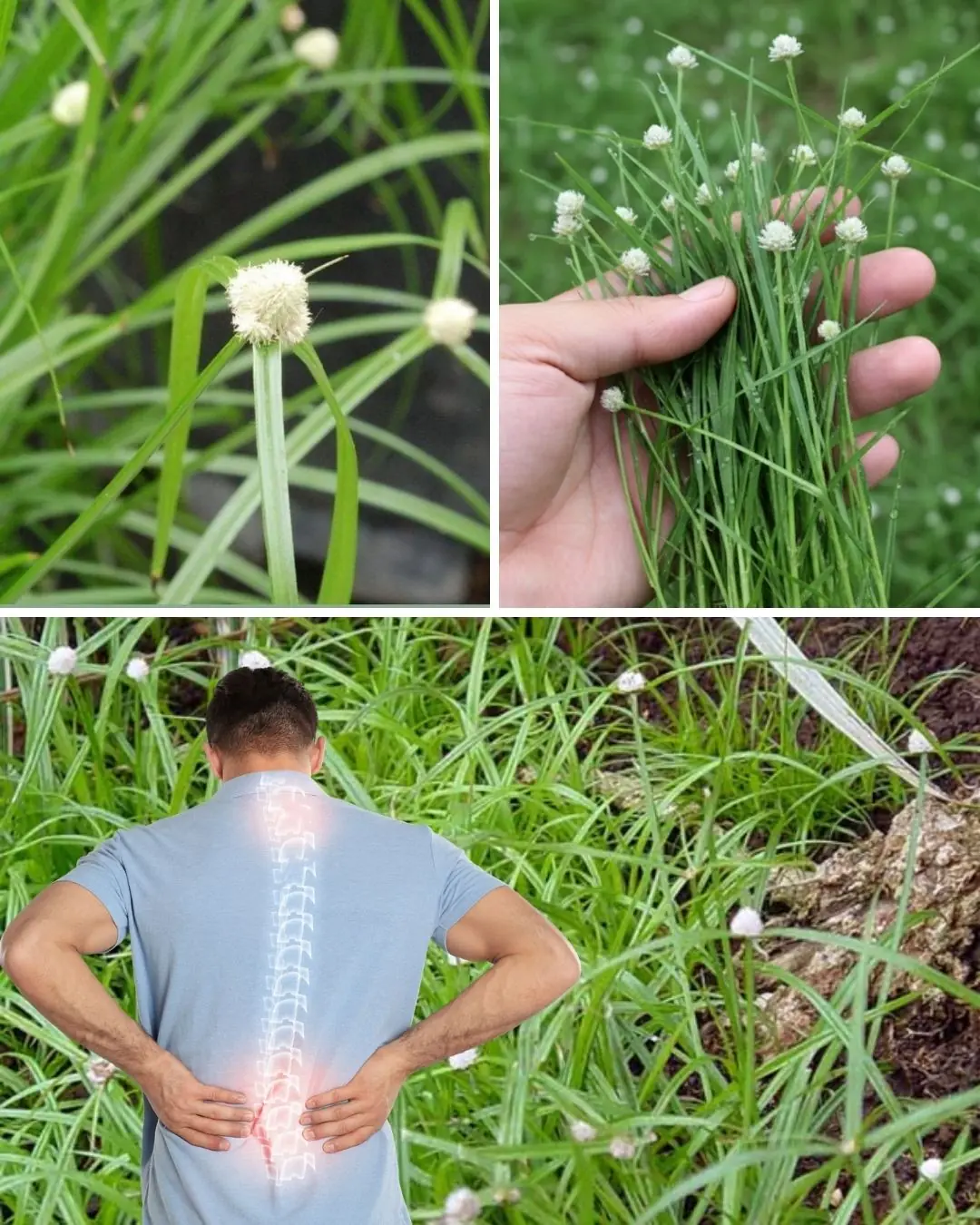
Cyperus Rotundus: The Ancient Herb with Modern Healing Power
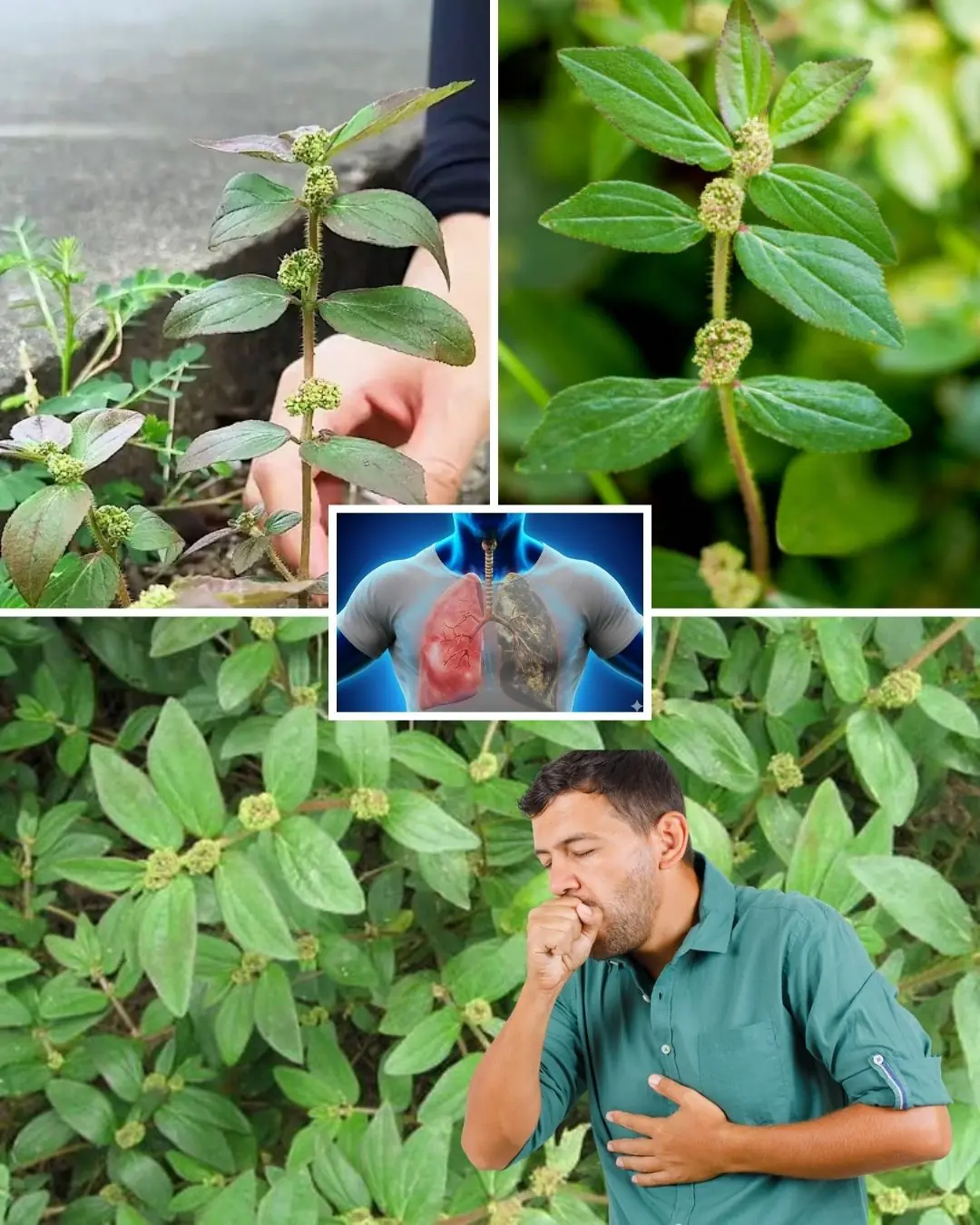
Euphorbia Hirta: 9 key health benefits of this versatile plant
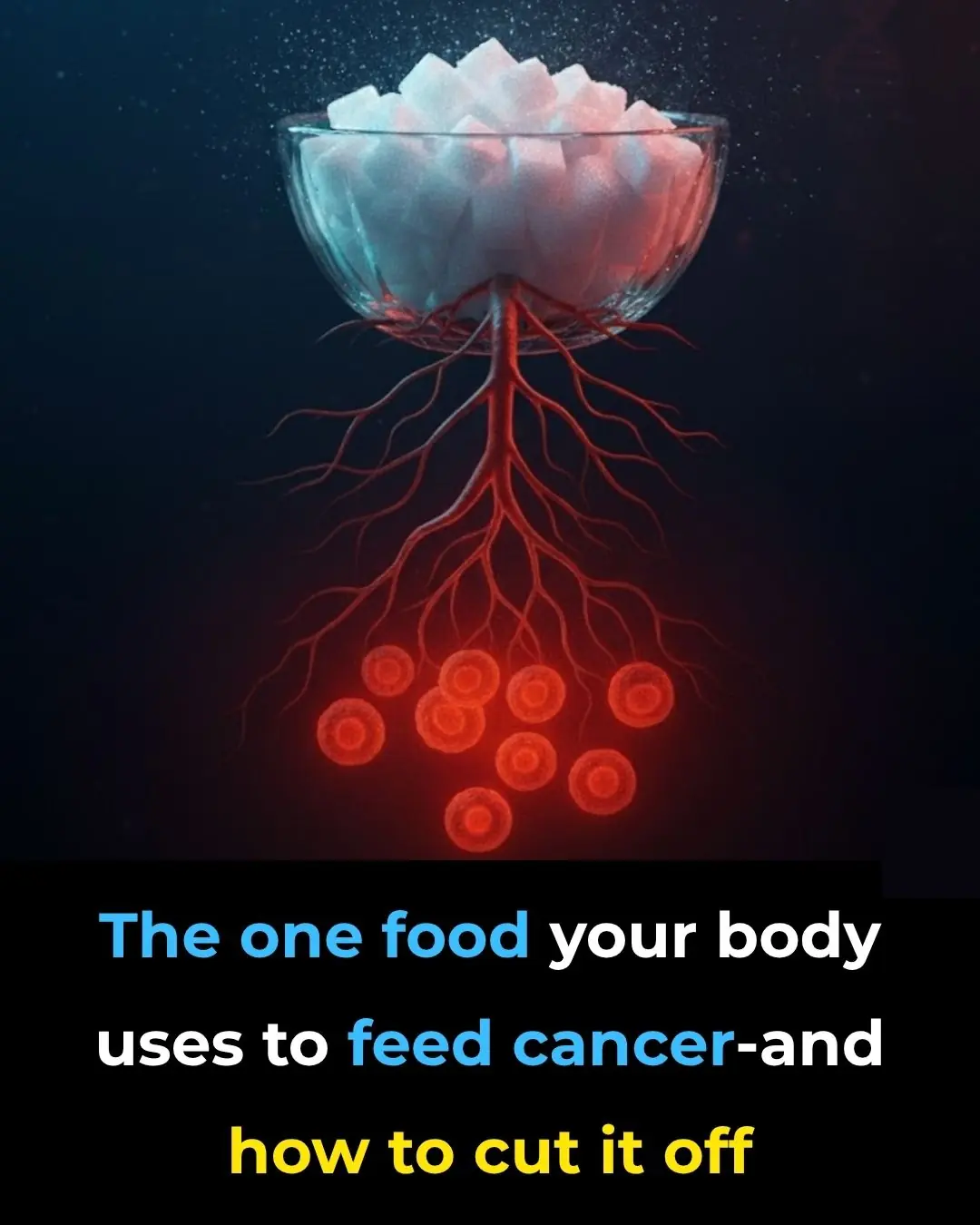
Here’s How to Starve Cancer to Death By Removing One Thing From Your Diet
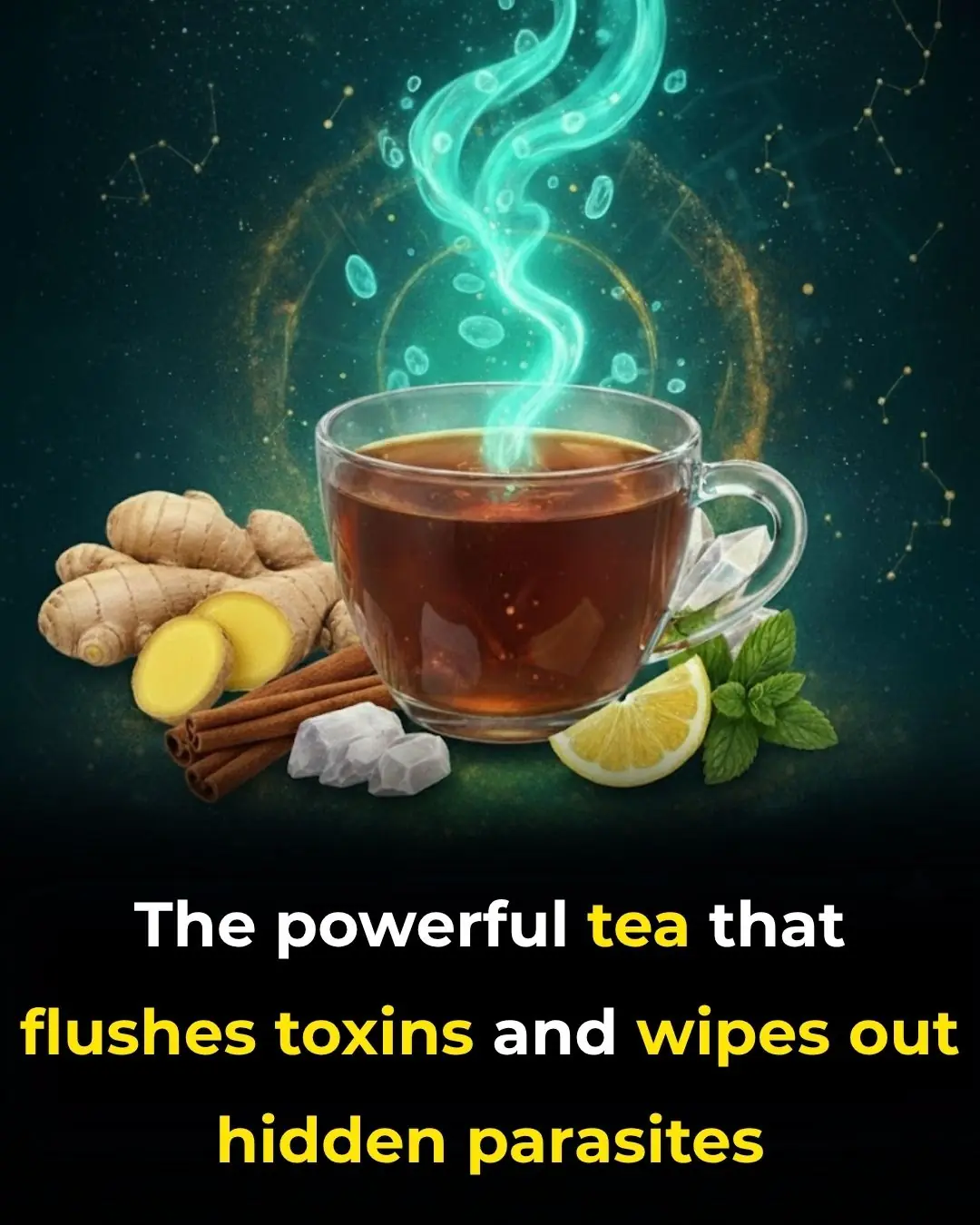
This Super Tea Kills Parasites And Cleanses The Body of Toxins
